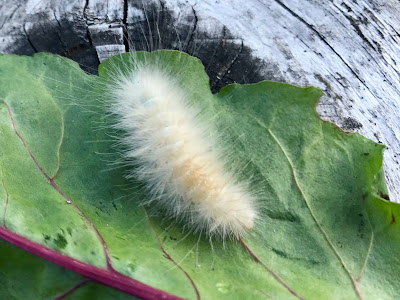Float Cabin Living Summer Retrospective
 Summer's wonderful on Powell Lake. Lots of sunshine and blue skies. The lake is warm for boating, kayaking and swimming. It's the season for guests and we had quite a few. Kurt came in his floatplane from California. Our friends Dave and Marg came with their grandkids. And friends stop by as they head to their cabins.
Summer's wonderful on Powell Lake. Lots of sunshine and blue skies. The lake is warm for boating, kayaking and swimming. It's the season for guests and we had quite a few. Kurt came in his floatplane from California. Our friends Dave and Marg came with their grandkids. And friends stop by as they head to their cabins.Summer is gardening season. My float garden provided lots of greens, kale, peas, onions, garlic, broccoli and herbs. Containers on the deck held tomatoes, peppers, cucumbers, squash, potatoes, beans, peas, blueberries and red currants. Flowers were pretty and attracted bees.
We eat much of our produce fresh, but I can tomatoes, peppers, pickles and jam for winter meals. I also dry onions, garlic and potatoes.
We had to remove our shore structures as a part of our water lease. My rain barrels went to a farmer in Powell River. Our friend helped us remove our shed and stairs. The wood was reclaimed for firewood.
Other summer chores included installing our Xplornet satellite system and storing firewood in our floating woodshed.
Now that fall has begun, it's a quiet time up the lake. Lots of time for reading, writing and relaxing. It's hard to decide which is my favourite season. What's your? -- Margy



























































